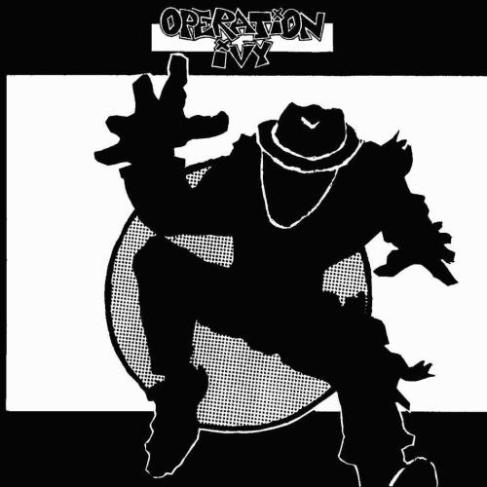
There used to be this place at the University Mall on Vito Cruz called Jay’s Disc House. I was 14, and my sister’s best friend had just begun his freshman year at La Salle. Having heard about it somewhere, I asked that we make a stop on one of our little trips around his neck of the woods. This is where I first started buying second-hand CDs, in particular ska and punk samplers.
This was when the internet was little more than this magical escape in those formative years of tastemaking and discovering new music. Besides obsessively trolling the Ultimate Band List, I had little more to do than go on IRC and pester people. I don’t know how I ended up on #anarchism, but that happened, and pestering people there led to a hard drive full of Spazz and Pennywise.
I rarely talk about how into punk and ska I was when I was in high school. I didn’t have to beg for my guitar. Getting it was a result of my dad’s own deep-seated frustrations with never having learned to play a single instrument (note that if you’re a snooty teenager who only listens to punk, whatever notions you may have of “knowing how to play” remain debatable). Because of this, I knew I was never actually going to fit into the punk scene.
The fascination with it still remains though, and I remember those years fondly as a time of getting to know people who created things for the sake of creating. Even if we had to set aside how naive I was at the time, most of the people I know who were part of that scene were–and still are–so intent on creating for the sake of creation, and then going on to share whatever it was that they made. This was the overarching ethos in most of the albums I spent my money on, and this was what most of my favorite bands usually sang about. Hell, even when this wasn’t the message, it was a message I kept looking for.

Thinking about it now, I stopped listening to punk and ska just as I started getting into fashion. I’m not saying that the two are mutually exclusive; hell, anyone knows that more than half of belonging to the punk scene involves looking like a punk. Isn’t that right, Mr. Graffin?
It could have been a substantial part of me acknowledging that there was little to gain from creating for the sake of creation, and that artistic talent–if it had to be cultivated in any form–would have to translate into something sustainable. Read: I needed to monetize whatever it was I would be devoting my life to.
And that, in itself, is infinitely tragic.
Not so much because I had caved and resigned myself to a life of corporate monotony. This was clearly not the case because I ended up making clothes (and later, writing). But because I’d almost entirely missed the point of nurturing creativity, in that the way to stay creative is to stop looking for ulterior motives and to just make something. Literally: make something and you will stay creative.
Lately I’ve been coming across all these posts on “How to stay creative” or “Finding your passion”. Some of them are worth a look, but at the end of the day, it’s useless to search for your bliss in a self-help book (or in the case of the Holstee Manifesto, a self-help infographic). Just fucking make something and don’t worry about the returns until it actually matters that you capitalize on what you made. Not because this is the only way to find out if your talent is worth paying for, but because you know you earned it and are confident that in asking someone to pay through the nose for all that hard work you put in, you are actually rendering something that borders on priceless.
That does sound romantic, but when was the act of creating ever anything but romantic?
